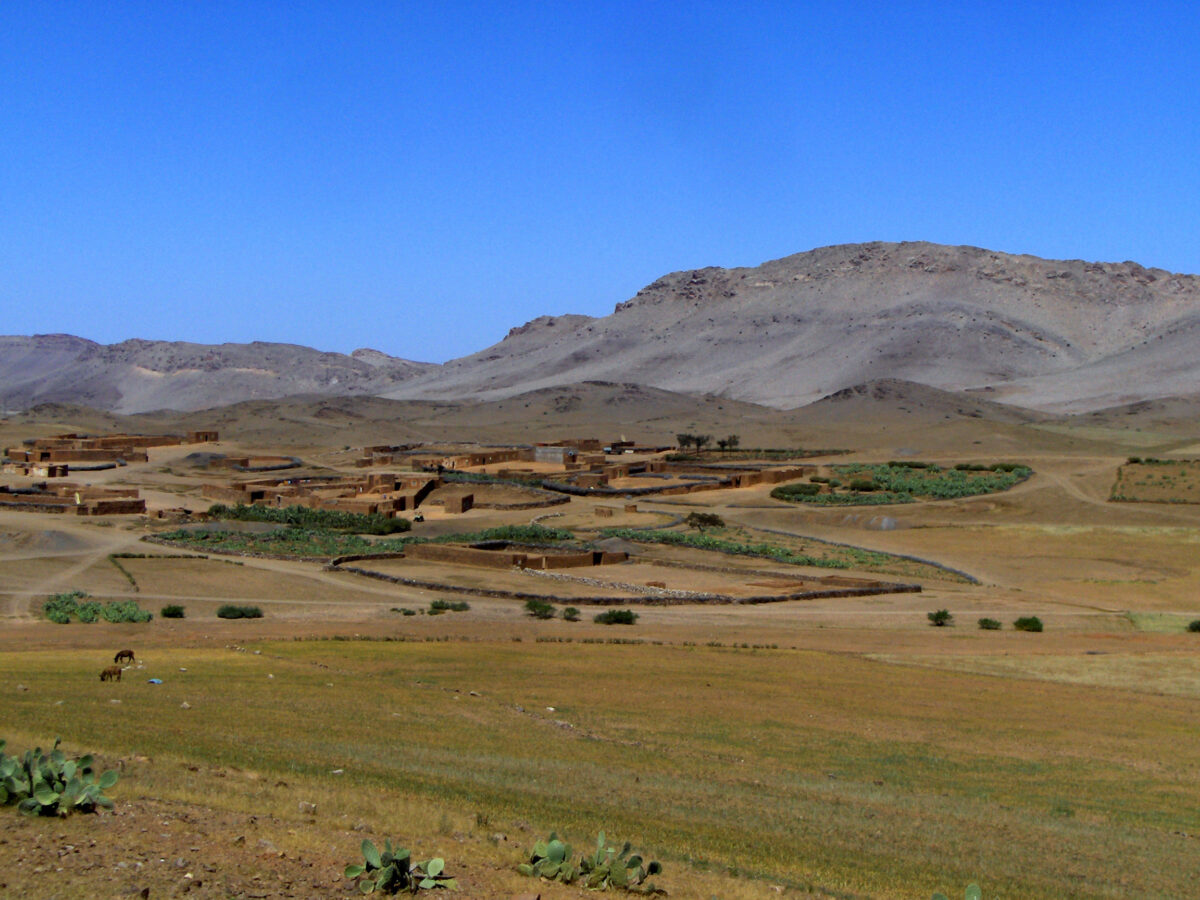The upper Paleozoic period, from roughly 400 million to 260 million years ago, saw the surface of the Earth go through a radical transformation. It was during this period that most of the Earth’s dry land came together to form the supercontinent Pangaea. The collisions and rifts caused by the tectonic drift left marks still visible today; among these are the Allegheny and Appalachian mountain ranges in eastern North America and the Variscan Mountains in northwestern Africa and Europe. These ranges share the same origin: the collision of Gondwana and Laurasia roughly 300 million years ago.
Though the basic story of the so-called Allegheny-Variscan orogen is well known, the details are not. Using new geologic observations and radioisotopic measurements from metamorphic rocks in Morocco that are part of the Allegeny-Variscan range, Chopin et al. propose a new tectonic history for the evolution of the region. The authors’ new mechanism conflicts with previous work.
It was previously thought that the range was formed by the westward transpression of older rock layers against an existing coastal block. The authors, in contrast, propose a new three-stage mechanism. The Moroccan rocks, they say, were formed by southward tectonic thrusting, dome uplift, and then westward tectonic shortening (a combination of thrusting and folding).
The compressional forces that contributed to the formation of the Moroccan dome are the same forces that formed the coal-bearing sediments of the Appalachian Mountains 290 million years ago, they say. Ironing out the details of the evolution of the Allegheny-Variscan orogen will contribute to an improved understanding of the formation of Pangaea. (Tectonics, doi:10.1002/2014TC003539, 2014)
—Colin Schultz, Writer
© 2014. American Geophysical Union. All rights reserved.
© 2014. American Geophysical Union. All rights reserved.

